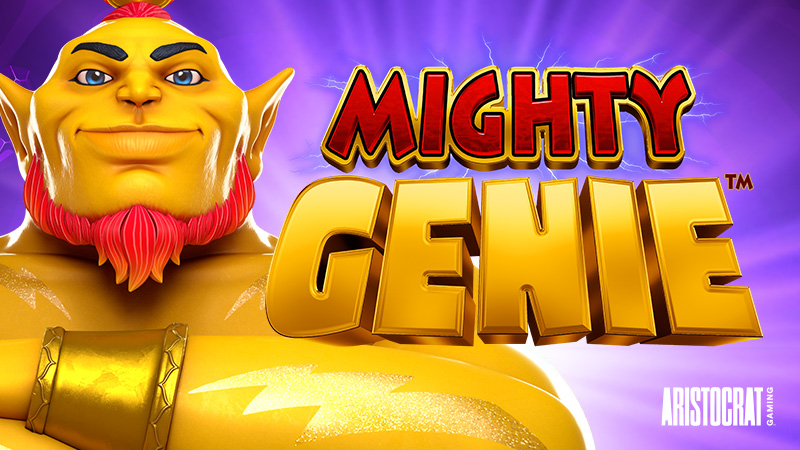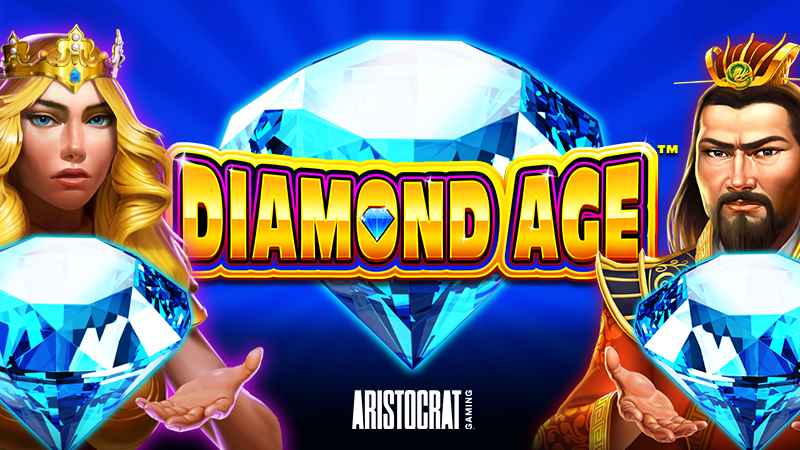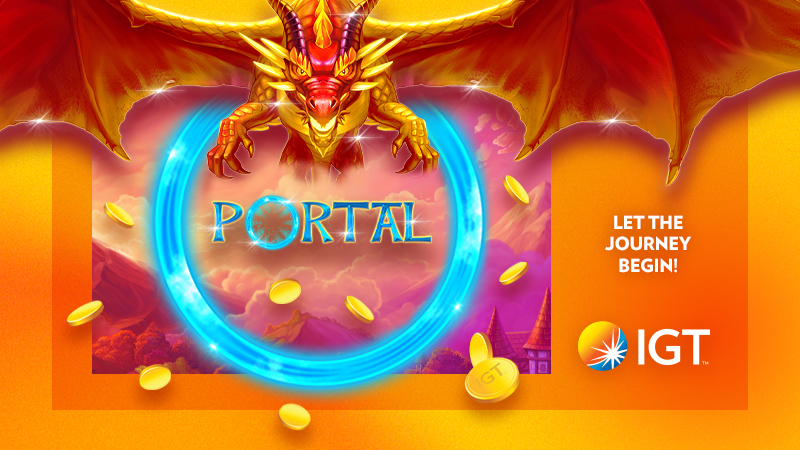WHY LOYALTY PROGRAMS MATTER – LATEST AUSTRALIAN DATA
84% of adult Australians belong to a loyalty program. That’s down from 88% on 2013 results, but the good news is 59% are actively involved in those programs, up from just 45% two years ago. Men are becoming more actively involved in programs than ever before and it seems like we may be suffering app fatigue with 67% of members preferring a loyalty card rather than an app which fell to just 10%.
An updated study from Directivity & Citrus has found some interesting trends and changes happening to Australians and their engagement with loyalty programs. Programs continue to be perceived as valuable by consumers with 82% saying they actually buy more from companies whose programs they belong to, but over a quarter of people (26%) also believe that loyalty programs don’t know how to communicate appropriately.
68% of members said they preferred high value rewards that take longer to accumulate v’s immediate lower value rewards but more than half (53%) of the respondents said they are not loyal to a brand just because they are a member of their program.
The stats supporting the popularity of loyalty programs but also highlight some of the problems they create.
The reality is that most club and pub loyalty programs really don’t create loyalty because they are based on rewards that are exactly the same as their competitors. Let’s face it, your members are getting similar offers from pretty much all the other clubs, pubs and/or casinos they visit, so in essence, you run the risk of buying a visit rather than creating emotional ties that lead to long-term loyalty.
The result is that your loyalty program doesn’t have a competitive advantage and simply becomes another cost of doing business.
Data is the driving force behind any loyalty program, but clubs have to look beyond the basic metrics like number redemptions, frequency of visits and individual spend. What the data doesn’t tell us is how loyal our members are or what we’re not doing that could be building loyalty. By learning what makes members loyal you can more effectively refine the program’s rewards and processes and get a far better and more cost effective return on your investment.
Club rewards programs, by and large, are very generous and whilst every member is an important part of a club, we need to also realise that every club has a large segment of members who will never be loyal and who will continue to merely shop around for the best offers. They are the members who respond to badge draws, giveaways, promotions and discount offers, regardless of which club is offering them. They are the members who go to a Tuesday night badge draw at Club A, a two for one meal offer at Club B on a Thursday and to Club C for a free raffle ticket offer on a Sunday. Whist these things are arguably part of the club entertainment experience and can drive incremental revenue if done correctly, these mass appeal offers and promotions will not drive loyalty.
So a rewards program, whist is needs to be available to all members, really should be an opt-in program, designed to attract quality, rather than quantity. By having masses of low value members in a program, it can eat up vast amounts of operational revenues and leave you with not enough funds to deliver the relevant rewards to the members who have really earned them.
Clubs also need to profile their higher valuable members more deeply to determine their individual wants, needs and motivational triggers because when it comes to an effective loyalty program, one size does not fit all. Additionally, more analysis needs to be done on identifying and profiling potential high value members. Overall, clubs need to consider being more selective in attracting just who they want to be involved in their rewards programs.
Whilst the loyalty formula varies from club to club (depending on a number of things including size and make-up of membership base, location, club facilities & services, resources etc.), there are four basic elements that apply to every loyalty relationship. Research shows that satisfaction, trust, commitment and gratitude each play an equally important role in generating customer loyalty and the higher you raise the bar on delivering these key experiences, the more loyal your customers will be.**
- Satisfaction occurs when members feel a transaction or service meets or exceeds their expectations.
- Trust is based on the member’s belief that the clubs has reliability and integrity.
- Commitment can be defined as the member believing that an ongoing relationship is important enough to want to make an effort to maintain that relationship.
- Gratitude is the emotional appreciation for benefits that are received and a desire on the part of the member to show that appreciation back to the club.
These for key experiences are the things that you can manipulate and control, but they do require commitment in delivery and follow through at all levels.
Other factors that influence loyalty, like location, can be beyond your control. You more than likely have members who are only loyal to your club because your location is the most convenient, and if another club opened up next door to you, those members would probably migrate.
So you can see the importance of providing a unique, tailored experience for your most valuable members. A rewards program can’t be copied from one club to another and it can’t be a set and forget exercise. It needs to be constantly monitored, nurtured and developed. You need to keep working on how you can make it better and how you can make your best customers more loyal.
A full copy of the 2015 study into Australian loyalty programs is available for Drop Members below.
Sources
*Consumer Study Australian Loyalty Programs. Directivity & Citrus. 2013 & 2015
**The Effectiveness of Casino Loyalty Programs. University of San Francisco.
[private]
[/private]









